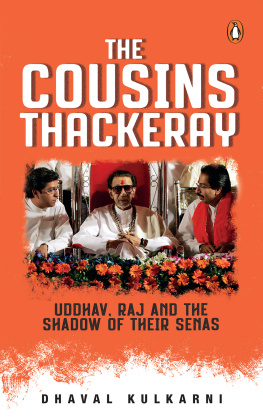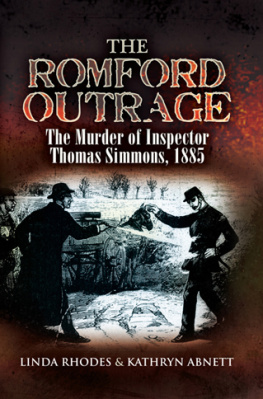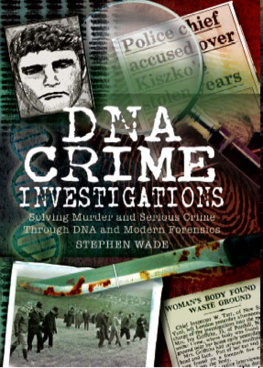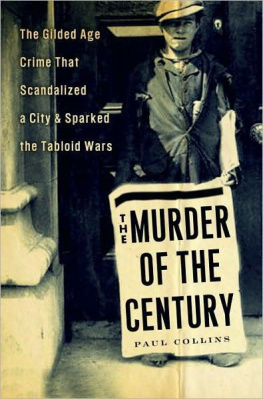Table of Contents
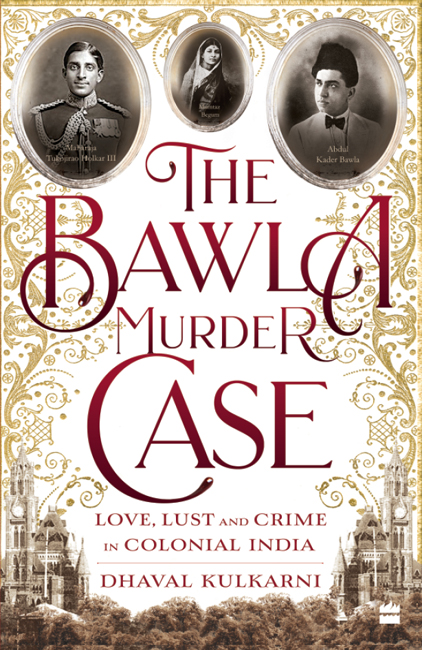

Dedicated to the women and men who ensured that Maharashtrian and Indian society underwent the three vital Rs: Renaissance, Reform and Revolution:
Chhatrapati Shivaji Maharaj, Mahatma Jotiba and Savitribai Phule, Rajarshi Chhatrapati Shahu Maharaj, Dr Babasaheb Ambedkar, Maharshi Vitthal Ramji Shinde, Gopal Ganesh Agarkar, Raghunath Dhondo Karve and Hamid Dalwai.
And to the memory of Malharrao, Ahilyabai and Yeshwantrao I Holkar.
Contents

Y ESHWANTRAO I/Yashwantrao I has been referred to as Jaswantrao
Tukojirao Holkars name has been spelt as Tukojirao, Tukojirao III and Tukoji in the text.
Yeshwantrao Holkar has been referred to as Yeshwantrao and Yeshwantrao II.
Mumbai has been mentioned as Bombay in colonial-era references, while it has been referred to as Mumbai when referring to Marathi source material, with emphasis on the original.
Pune has been alternatively spelt as Poona.
Mahomedali has also been mentioned as Mahomed Ali in court documents.
Gaikwad has been alternatively spelt as Gaekwad and Gaekwar.
Names and surnames have been spelt in accordance with primary source material, books and documents.

Murder most foul, as in the best it is. But this most foul, strange and unnatural.
William Shakespeare, Hamlet
12 January 1925
T HAT Monday evening, Abdul Kader Bawla, a businessman and corporator in the Bombay Municipal Corporation, decided to go on a drive with his mistress Mumtaz Begum.
In the morning, Bawla was at his office at Chach Mohalla near Masjid Bunder.
The day had been hectic for Bawla, who had been chauffeured around in a black Studebaker by his driver Mahomed Shafi.
The strapping twenty-five-year-old merchant, landlord and textile-mill owner, who was considered one of the richest men in Bombay, thought that a drive around the city with his beloved would perhaps be a fitting end to the day.
Keeping with his status, Bawla seth had five cars for his exclusive use and would make it a point to buy the latest model in the market. He had purchased the six-cylinder Studebaker around four months ago.
Then it was rare for people to own motorized vehicles even in a city like Bombay, which had established itself as the commercial capital of colonial India, overcoming competition from other port cities like Calcutta.
Bawla, who belonged to the mercantile Kutchi Memon community and was the grandson of philanthropist Haji Saboo Siddik, had a fetish about cars. Every time Bawla bought a new car, he would dispose of the oldest one in his possession. This ensured that the number of cars in his collection remained the same five.
Around 6.30 p.m. on that nippy winter evening, Bawla, who was wearing a blue suit, complete with tie and collar, left with Mumtaz Begum for an evening drive. While Mahomed Shafi drove the car, they were also accompanied by cleaner Ahmed Mahomed.
They drove to Apollo Bunder, which houses the Gateway of India, a monument built in 1924 to commemorate the landing of Britains King-Emperor George V and Queen Mary in 1911. Then they went further to Colaba, returned to Chowpatty via the Mahalaxmi Battery (so named after the coastal gun battery). Behind the Mackichan Hall opposite Wilson College, Bawla and the others met Kavoo Nepa Mathews, his secretary and manager of his estate. Mathews, who stayed in Bawlas house at the Islam Club building opposite Chowpatty and was a former sub-editor with the nationalist newspaper the Bombay Chronicle, got into the car at Bawlas bidding.
Mathews was speaking with a friend near Mackichan Hall when Bawlas car nearly knocked him down. When Bawla discovered that the man was Mathews, they laughed it off. Bawla then suggested that Mathews join them for a drive.
Cleaner Ahmed was sitting next to driver Mohamed Shafi. In the rear seat, Bawla was sitting in the middle with Mumtaz, who was wearing a pink sari and was three months pregnant, to his left, and Mathews to his right.

Malabar Hill is a hillock overlooking the expanse of the Arabian Sea and is one of the most expensive pieces of real estate in the world today. But in the prehistoric era, it had faunal presence as is evident from the discovery of fossils on the hill, including that of frogs and fragments of crocodile eggshell.
Malabar Hill houses the Walkeshwar Temple Complex, which was built by the Shilaharas, who once ruled Bombay ( ad 8001240), which was then a clutch of islands. Built on the spot which Lord Rama was said to have visited on his way to Lanka to vanquish the demon king Ravana and where he crafted a linga of sand, the temple was destroyed during the Portuguese rule. However, it was rebuilt (in 1715 or 1724) near the original site by Rama Kamat or Ramaji Kamat Lotlikar, one of Bombays early merchant princes and a prominent citizen.
As Mumtaz and Bawla were driving through Malabar Hill, which is said to be named after a family of traders from northern Malabar (Kerala), who once owned it, there were not many cars on the road. There were just a few people who were either heading to or returning from the Hanging Gardens, which provided a view of the sunset over the sea, with the attraction of a live-band performance thrown in.
We went towards Walkeshwar and thence to the Hanging Garden. After we got near the Hanging Garden we heard the horn of a car behind us. Before that our driver was driving at a fast pace. He then slowed down the car and drew on one side. Then another car came near us and collided with our car on the right, Mumtaz would tell the Bombay High Court on 27 April 1925.
The cars collided violently near the bishops bungalow, damaging the mudguard on the right side of Bawlas car. The headlights of Bawlas car also went out.
The other car, a Red Maxwell, came across Bawlas car and stopped. People in the Maxwell showered abuse on Bawla before they got down, shouting, Bai ko utaro (Get the lady out).
Around eight men surrounded Bawlas car. They fired at Bawla from the left, where Mumtaz was sitting. When another assailant seized Mumtaz, she snapped out of her shock to scream.

That evening, Lieutenant John MacLean Saegert, an officer in the British Armys Engineers, Sappers and Miners, had driven his friends, Colonel C.E. Vickery, and lieutenants Francis Batley and Maxwell Stephen for a game of golf at the Willingdon Sports Club near Mahalaxmi Race Course.
They had been stationed together at Quetta. While Saegert was on the way to Bangalore, Vickery was leaving for England later that weekend. Batley and Stephen, who belonged to the 1st battalion of 7th Gurkhas and Royal Army 21st F. Battery, respectively, were in Bombay to join units in Poona.
At around 7.30 p.m., they left the club to visit the Taj Mahal Hotel at Apollo Bunder. Colonel Vickery was sitting next to Saegert, who was driving the Overland car, while Batley and Stephen were in the rear. On their way to the hotel, Saegert, who was unfamiliar with the area, arrived at Kemps Corner and took a wrong turn, driving up Malabar Hill via Gibbs Road instead of taking the lower Hughes Road to their intended destination.


